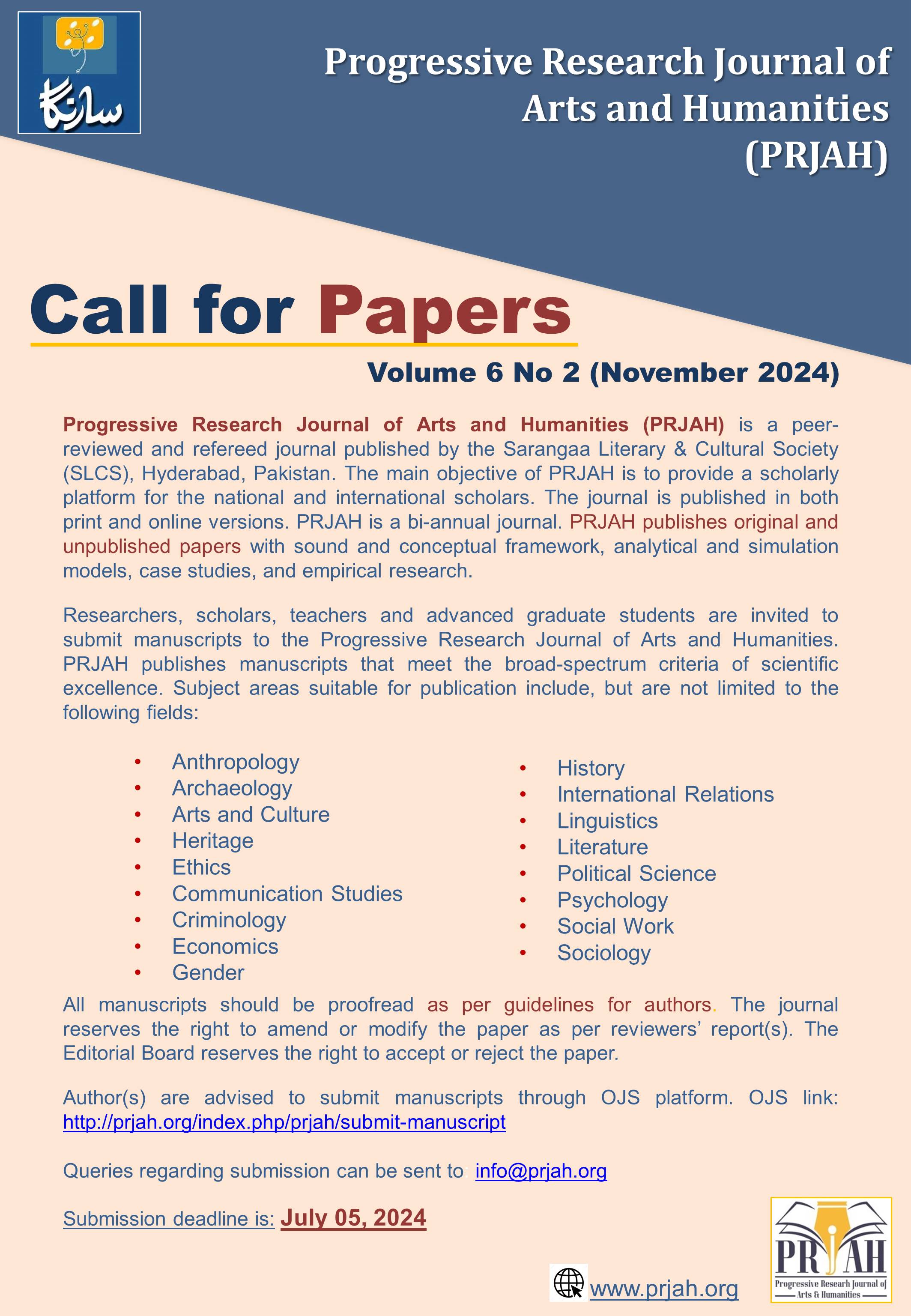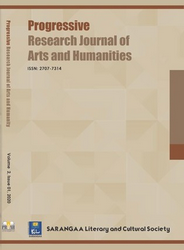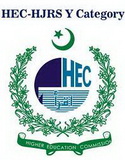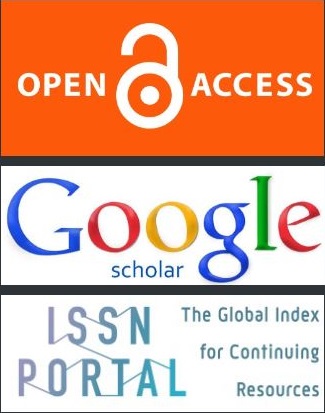Religious Inclusiveness and the Medieval Sindhi Sufi Poetry: Intangible Cultural Heritage of Sindh
DOI:
https://doi.org/10.51872/prjah.vol6.Iss1.307Keywords:
Medieval; Sufi Poetry; Intangible Cultural Heritage; Religious Inclusiveness; Radicalization; Sindh.Abstract
Cultural heritage in a given society may take the form of both tangible and intangible manifestations. Concerning Sufism in Sindh, manifestations of tangible cultural heritage may include Sufi shrine complexes, sites of meditation and dwellings, Sufi relics, and artifacts of devotion. In contrast, intangible cultural heritage may include, inter alia, Sufi traditions, literary productions, music and dance, festivals, and Sufi ethos. The rich Sufi ethos of multi-ethnic and multi-religious medieval Sindhi society was informed by varied socio-historical traditions. The Sufis of Sindh composed vernacular poetry encompassing the theme of religious inclusiveness and pluralistic accommodation, squarely in line with the eclecticism of the region's religious landscape. It freely imbibed elements from varied local cultural traditions. Sufi poetry, together with centuries-old Sufi practices, allowed fluidity of religious affiliation and created a space where religious identities became inextricably intertwined. However, these identities were communalized and rigidified in colonial and post-colonial periods. Recent years have unfortunately witnessed the growing menace of religious radicalization, considerably undermining the Sufi ethos. The situation calls for devising a coherent strategy to cope with religious radicalization to reclaim and preserve the tolerant cultural heritage of the region.
References
Abbas, H. (2015). Pakistan’s Drift into Extremism: Allah, the Army, and America’s War on Terror. London & New York: Routledge.
Ahmad, M. (2021). Rise of Barelvi Extremism: Policy Options for Pakistan (Policy Brief). Islamabad: Islamabad Policy Research Institute.
Allana, G. (1983). Four Classical Poets of Sind. Minyoon Shah Inat, Shah Abdul Latif, Sachal Sarmast, Sami. Jamshoro: Institute of Sindhology, University of Jamshoro.
Anjum, T. (in press). Articulation of Sufi Path and Doctrines in the Poetry of Khw?ja Mu?ammad Zam?n Naqshband? of Lu?r?. Journal of Sindhi Studies.
Ansari, S. F. D. (1992). Sufi Saints and State Power: The Pirs of Sind, 1843-1947. Cambridge: Cambridge University Press.
Asani, A. S. (2002). Ecstasy and Enlightenment: The Ismaili Devotional Literature of South Asia. London: I B Tauris.
Avari, B. (2013). Islamic Civilization in South Asia: History of Muslim Power and Presence in the Indian Subcontinent. London & New York: Routledge.
Bano, M. (2023). (Ed.) Salafi Social and Political Movements: National and Transnational Contexts. Edinburgh: Edinburgh University Press.
Bhatti, R. (2012). Sufism and Classical Sindhi Poetry. Eng. tr. S. Noorhusain. Karachi: Culture Department, Govt. of Sindh.
Bhavnani, N. (2014). The Making of Exile: Sindhi Hindus and the Partition of India. New Delhi: Westland Tranquebar.
Boivin, M. (2008). Shivaite Cults and Sufi Centres: A Reappraisal of the Medieval Legacy in Sindh. In M. Boivin (Ed.), Sindh through History and Representations: French Contributions to Sindhi Studies. (pp. 22–41). Karachi: Oxford University Press.
Boivin, M. (2010). Sufism, Hinduism, and Social Organization in Sindh: The Forgotten Tradition of Pithoro Pir. In M. Boivin & M. A. Cook. (Eds.), Interpreting the Sindhi World: Essays on Society and History. (pp. 117–132). Oxford: Oxford University Press.
Downloads
Published
How to Cite
Issue
Section
License
Copyright (c) 2024 Progressive Research Journal of Arts & Humanities (PRJAH)

This work is licensed under a Creative Commons Attribution 4.0 International License.






